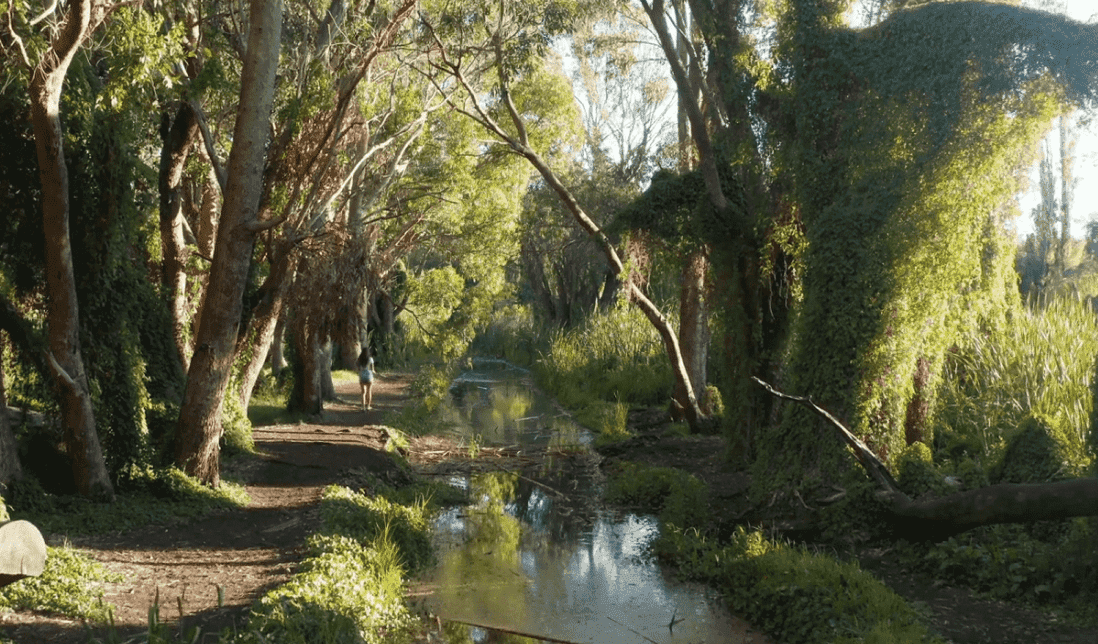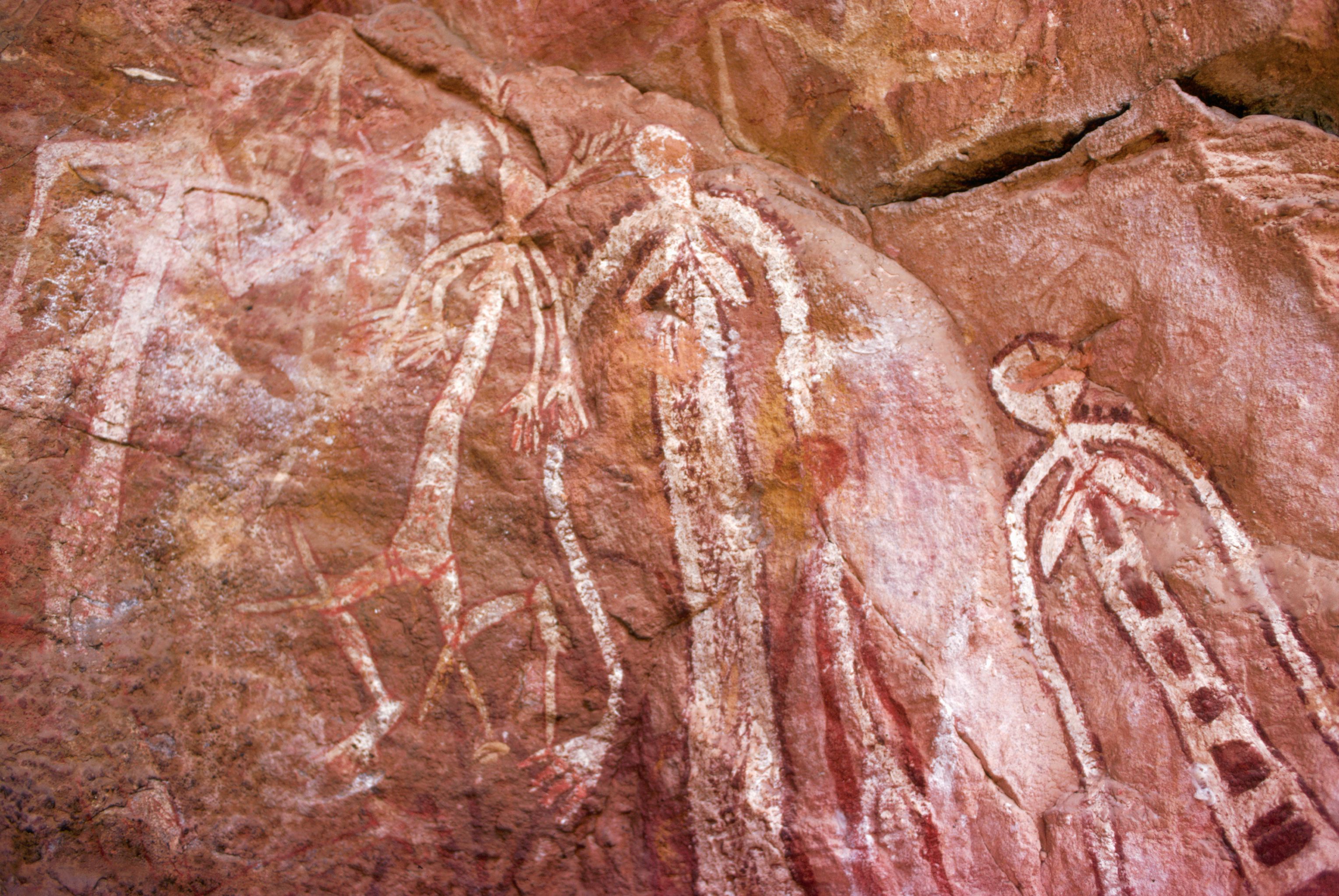
Organising ideas
Resources made by educators for educators in collaboration with Indigenous knowledge experts
Learn about organising ideas
The cross-curriculum priority, Aboriginal and Torres Strait Islander Histories and Cultures, in the Australian Curriculum provides opportunity for all Australian students to learn about the depth, wealth and diversity of Aboriginal and Torres Strait Islander knowledge systems, histories and cultures.
This cross-curriculum priority uses a conceptual framework to provide a context for learning. The framework comprises the underlying elements of Identity and Living Communities and the key concepts of Country/Place, Culture and People. The Framework illustrates and informs ways to deepen students’ knowledge and understanding about the world’s oldest continuous living cultures where the ongoing achievements and contributions of First Peoples in contemporary Australian society can be showcased.
Curriculum priorities
For each cross-curriculum priority, a set of organising ideas reflects the essential knowledge, understandings and skills for the priority.
For Country / Place these are:
A_TSICP1 | First Nations communities of Australia maintain a deep connection to, and responsibility for, Country/Place and have holistic values and belief systems that are connected to the land, sea, sky and waterways. |
A_TSICP2 | The occupation and colonisation of Australia by the British, under the now overturned doctrine of terra nullius, were experienced by First Nations Australians as an invasion that denied their occupation of, and connection to, Country/Place. |
A_TSICP3 | The First Peoples of Australia are the traditional owners of Country/Place, protected in Australian Law by the Native Title Act 1993 which recognises pre-existing sovereignty, continuing systems of law and customs, and connection to Country/Place. This recognised legal right provides for economic sustainability and a voice into the development and management of Country/Place. |
For People these are:
A_TSIP1 | Australia has 2 distinct First Nations Peoples; each encompasses a diversity of nations across Australia. Aboriginal Peoples are the first peoples of Australia and have occupied the Australian continent for more than 60,000 years. Torres Strait Islander Peoples are the First Nations Peoples of the Torres Strait and have occupied the region for over 4,000 years. |
A_TSIP2 | First Nations Australians have sophisticated political, economic and social organisation systems, which include family and kinship structures, laws, traditions, customs, land tenure systems and protocols for strong governance and authority. |
A_TSIP3 | The significant and ongoing contributions of First Nations Australians and their histories and cultures are acknowledged locally, nationally and globally. |
For Culture these are:
A_TSIC1 | First Nations Australian societies are diverse and have distinct cultural expressions such as language, customs and beliefs. As First Nations Peoples of Australia they have the right to maintain, control, protect and develop their cultural expressions, while also maintaining the right to control, protect and develop culture as Indigenous Cultural and Intellectual Property. |
A_TSIC2 | First Nations Australians’ ways of life reflect unique ways of being, knowing, thinking and doing. |
A_TSIC3 | The First Peoples of Australia (Aboriginal Peoples) belong to the world’s oldest continuous cultures. First Nations Australians demonstrate resilience in the maintenance, practice and revitalisation of culture despite the many historic and enduring impacts of colonisation, and continue to celebrate and share the past, present and future manifestations of their cultures. |
Explore organising ideas

Country/Place
Explore the physical and spiritual connection Aboriginal and Torres Strait Islander Peoples share with Country/Place.

People
Examine the sophistication of Indigenous society, both historically and contemporaneously, by immersing yourself in elements of Deep Time, Communications and Rights and Freedoms.

Culture
Investigate the cultural diversity and resilience of Indigenous Peoples and knowledges through Elements such as Kinship and Design.